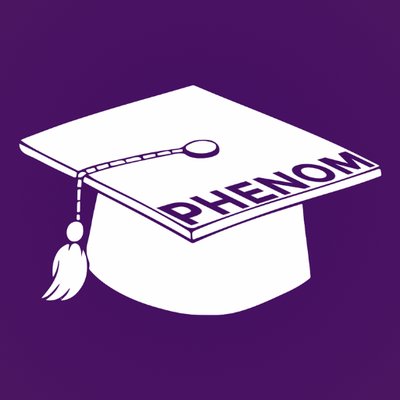PHENOM fights for better state funding, lower student costs, and improved access to public higher education. Even when we make important gains – like the fee freeze – we are making small, incremental dents in an irrational system. That is why PHENOM simultaneously argues for much more dramatic changes, key among them being Free Higher Education. Often dismissed as pie in the sky, there are many signs that this is an idea whose time has come.
The rationale is simple – where success in the job market and civic society used to depend on completing 12 grades of school, that is no longer enough. Experts across a wide range of political opinion agree that most new jobs require at least 2 years of college, 4 years leads to between ½ million and a million dollars more in lifetime earnings, and that many people are excluded from higher education because of cost or other barriers to access.
Free public higher education would dramatically change the equation. Here are some recent developments.
We’ll be watching “Tennessee Promise”, a new program that will effectively waive the tuition and fees for two years of community college in Tennessee by paying the costs not already covered by other scholarships and grants. Indiana is considering a similar program. These are similar to a proposal Deval Patrick made early in his first term as Governor. But ultimately, free higher education depends on action at the federal level.
 A March 2013 article in The Atlantic entitled “How Washington Could Make College Tuition Free (Without Spending a Penny More on Education)” explains how the federal government already spends enough on student aid to cover tuition for every public college student in America. Students and their families paid just under $60 billion in tuition in 2012, while the federal government spent $77 billion in grants and tax breaks (this doesn’t include loans). The author suggests, “Instead of handing money to students and parents, the federal government could instead send the cash down to the states, on the condition that local legislatures kept per student funding at a certain level, and colleges lowered their tuition rates.” It’s clearly more complicated than this, but certainly makes the idea seem realistic.
A March 2013 article in The Atlantic entitled “How Washington Could Make College Tuition Free (Without Spending a Penny More on Education)” explains how the federal government already spends enough on student aid to cover tuition for every public college student in America. Students and their families paid just under $60 billion in tuition in 2012, while the federal government spent $77 billion in grants and tax breaks (this doesn’t include loans). The author suggests, “Instead of handing money to students and parents, the federal government could instead send the cash down to the states, on the condition that local legislatures kept per student funding at a certain level, and colleges lowered their tuition rates.” It’s clearly more complicated than this, but certainly makes the idea seem realistic.
Two people who have recently addressed the complications are Sara Goldrick-Rab and Nancy Kendall, who call themselves The Education Optimists. They published a very detailed plan which they call F2CO – free two years of college. Key aspects of the F2CO plan include:
- All eligible students can attend any public college or university (2-year or 4-year) for free for the first two years
- Through a redirection of current federal financial aid funding, the federal government pays tuition for all students, and provides additional performance-based top-up funding for institutions that serve low-income students.
- Participating institutions cannot charge tuition or additional fees to students
- State funding for higher education will be redirected to cover books and supplies for all students
- Student living expenses will be covered through a state and local stipend equal to fifteen hours a week of living wage employment in the area, federal work-study in an amount equal to fifteen hours a week of living wage employment in the area, and access to federal loans equaling up to five hours a week of living wage employment in the area.
[See elsewhere in this issue for an initiative PHENOM has begun discussing with Congressman Jim McGovern.]
 Even Forbes Magazine ran an article this year on “The Promise of Free Public Higher Education”. Josh Freedman argues that free higher education would address many of the problems we face today by pooling risk, emphasizing that higher education has societal and not just individual value, removing schools’ incentives to admit mostly well-off students, putting limits on cost inflation, and structuring funding through progressive taxation.
Even Forbes Magazine ran an article this year on “The Promise of Free Public Higher Education”. Josh Freedman argues that free higher education would address many of the problems we face today by pooling risk, emphasizing that higher education has societal and not just individual value, removing schools’ incentives to admit mostly well-off students, putting limits on cost inflation, and structuring funding through progressive taxation.
The financial arguments are critical, but ultimately it comes down to moral and social considerations. In “Free higher education is a human right” from The Campaign for America’s Future, the author argues that social mobility in the United States is at or near its lowest point in modern history, that more student aid goes to wealthier students, and that higher education is in danger of becoming an inherited privilege.
Wikipedia lists 43 countries with free post-secondary education. If Cuba, France, India and Iran can do it, shouldn’t the U.S. be able to as well?
